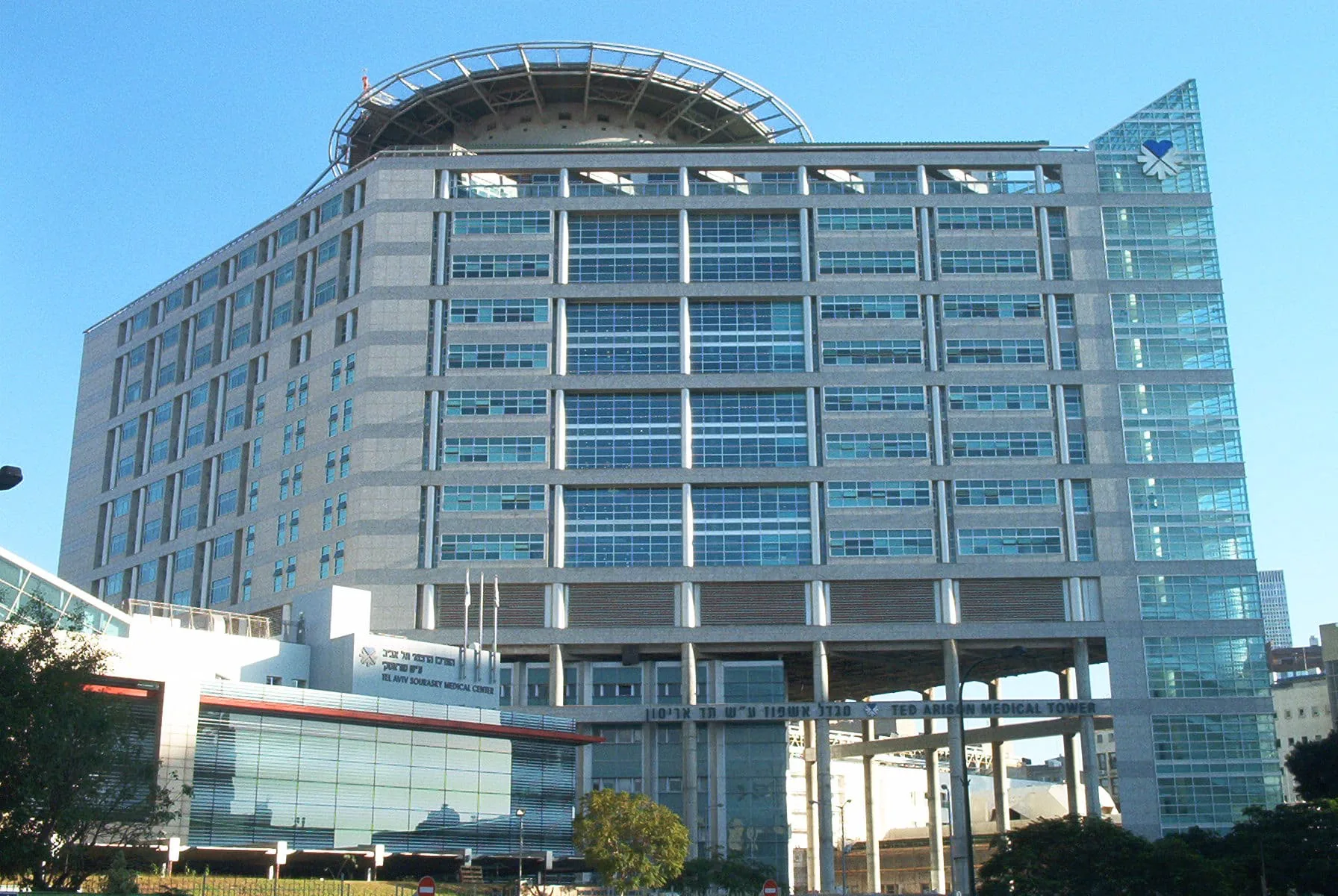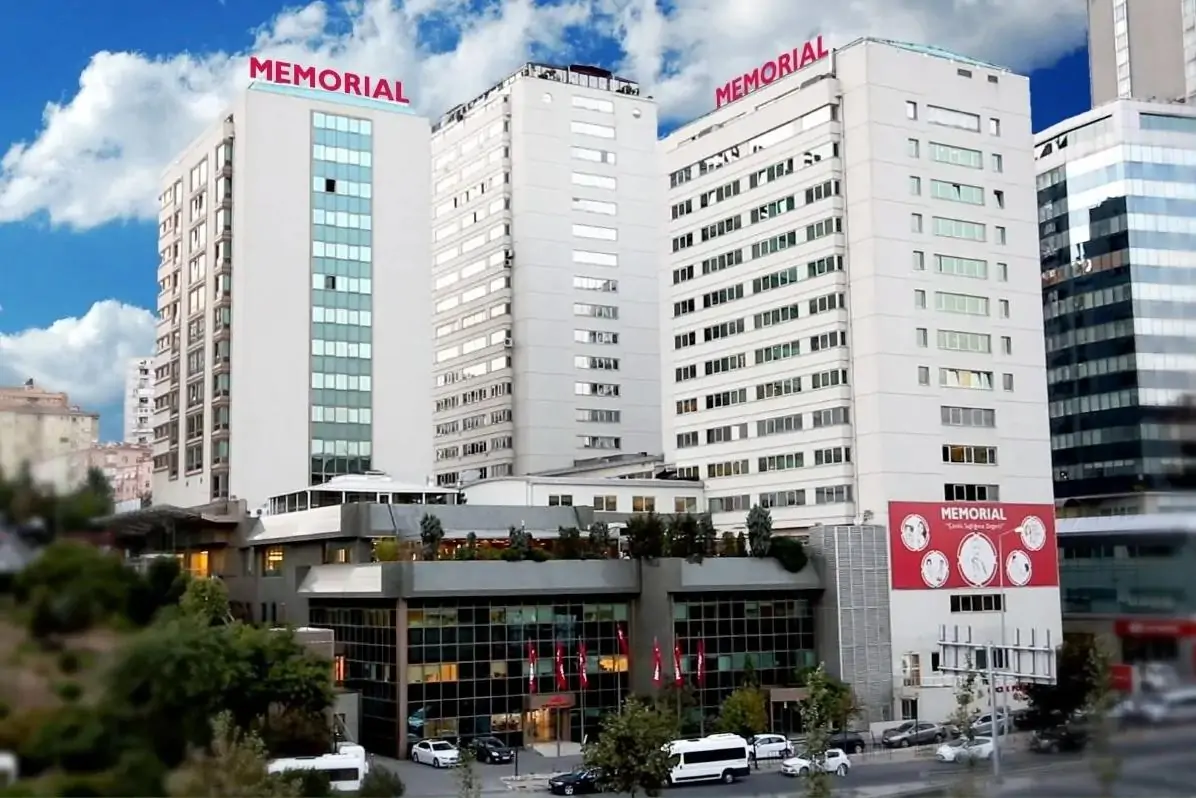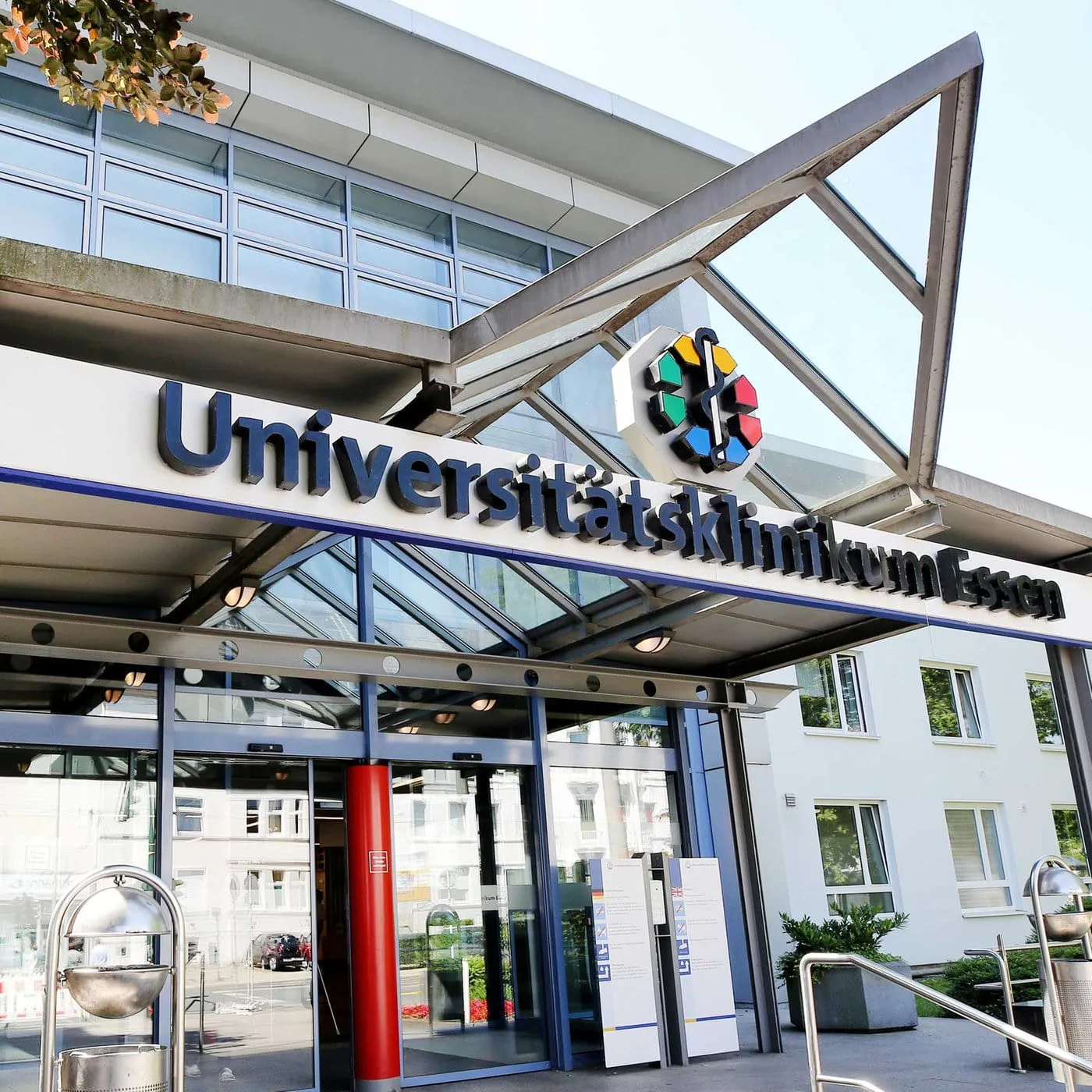Non-Hodgkin’s lymphoma: Diagnostic and Treatment Methods
Non-Hodgkin’s lymphoma has carcinogenic nature. Pathology appears in the lymphatic system, which fights harmful microorganisms. Lymphocytes begin to deform in size and move rapidly all over the body. This forms growths.
It’s a general lymphomas group with many subtypes. Lymphocytes affected by pathology lose their protection function. Thus, organisms cease to resist viruses and become vulnerable to viruses.
What causes non-Hodgkin’s lymphoma?
Non-Hodgkin’s lymphoma begins with abnormal lymphocytes production. At the same time, old lymphocytes don’t die off, as it should happen in a normal vital cycle. Excess lymphocytes accumulate in lymph nodes, causing them to become inflamed. Pathology extends to other lymph organs and affects bone marrow and adenoids.
There aren’t specific reasons for disease development. However, doctors identify certain factors of negative consequences increase:
- person takes drugs for controlling immune system functioning. Such medications are often prescribed after transplant surgery;
- body infection with bacteria. In particular, this kind of cancerous tumors can provoke HIV, Epstein-Barr disease and some others;
- harmful chemicals exposure: solutions for insects elimination and weeds destruction, pesticides and other things;
- age. People aged 60+ are at greater danger.
Non-Hodgkin’s lymphoma symptoms
Common signals for lymph node cancer:
- enlarged lymph nodes;
- sweating at night;
- fever;
- significant weight loss (indefinable);
- person constantly feels sleepy;
- pain in abdominal cavity – sometimes, tissues swollen to the touch;
- breathing is difficult;
- some skin areas can be very itchy.
Complications of abnormal cells presence in bone marrow:
- persistent infections in organism;
- energy and vivacity lack;
- bleeding from the nose, hematomas appearing under skin, heavy menstrual flow.
Non-Hodgkin’s lymphoma diagnosis and pathology treatment
For diagnosing non-Hodgkin’s lymphoma, below mentioned is used.
- Lymph node biopsy. Mentioned tissue (which may later require bone marrow test) suspected to be affected by pathology is withdrawn for clinical research.
- Additionally, a blood test is required. It determines general body condition, and shows organs behaviors, and other things.
- Bone marrow aspiration.
- CT or/and PET CT scan.
- Puncture of cerebrospinal fluid.
Non-Hodgkin’s lymphoma treatment is carried out by following methods.
- Chemotherapy – special drugs use. Doctors use this method both separately and in combination with bio-therapeutic therapy.
- Radiotherapy – patient receives radiation doses during several sessions. Therapy is painless, however, its consequences can adversely affect general body condition.
- Use of monoclonal group antibodies. Some lymphomas types can be treated with this method – also sometimes in combination with previous therapies.
Survival rate for non-Hodgkin’s lymphoma
The 5-year rate for patients with less advanced disease is 50-60% – local involvement of pathology without its spread. Pathology diagnosed at later stages – 10-15%.










